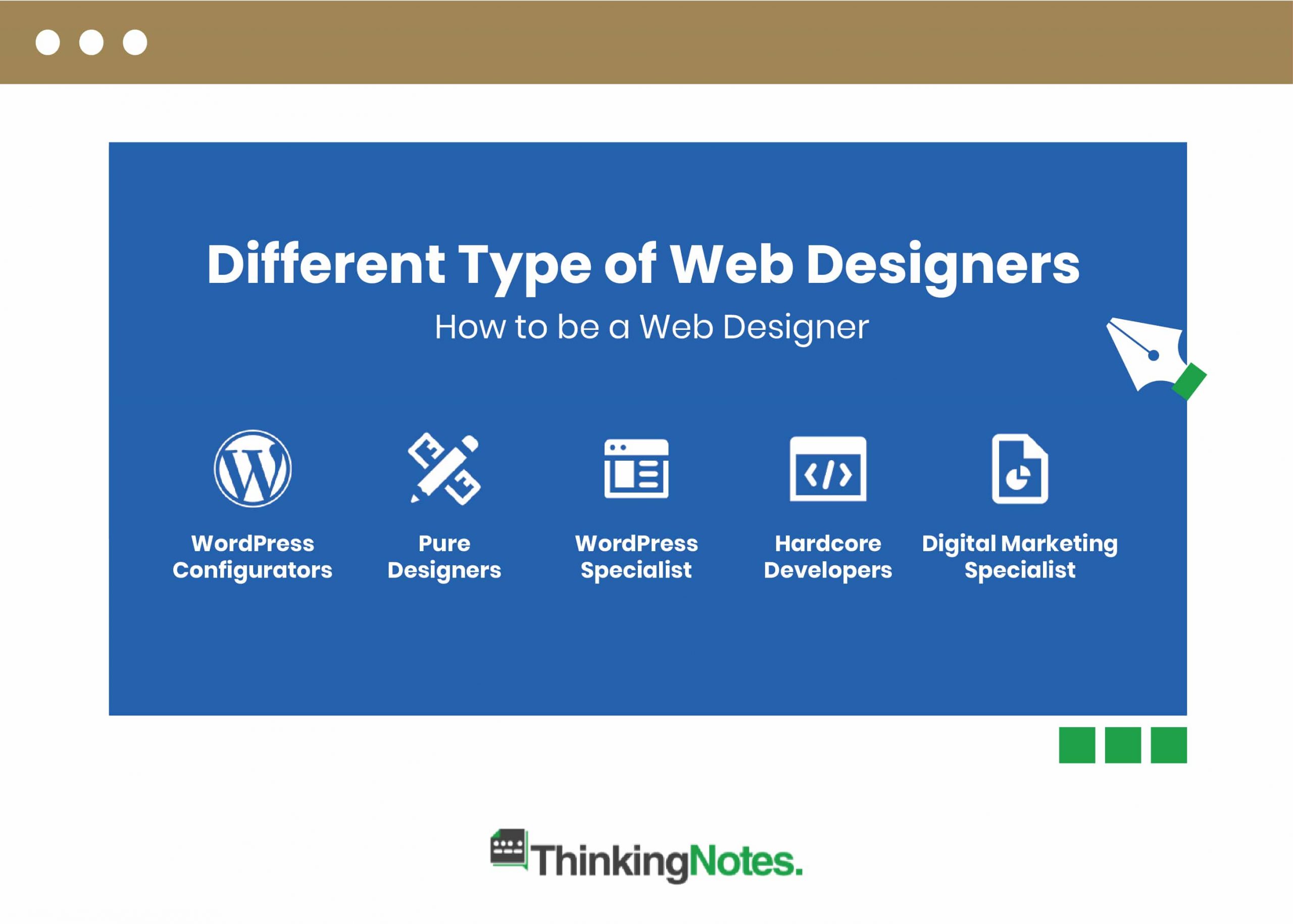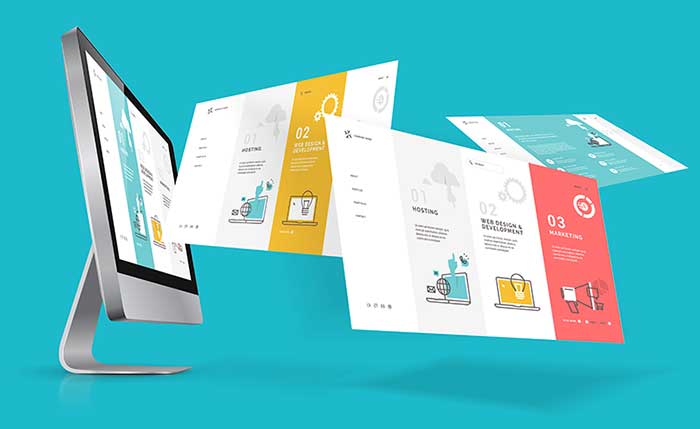How to Choose the Best Web Design for Your Business in 2024
Wiki Article
Recognizing Individual Experience: Trick Concepts for Successful Internet Style
In the realm of internet layout, understanding individual experience (UX) is extremely important to developing platforms that not only bring in but likewise retain individuals. Trick concepts such as instinctive navigating and effective responses systems play important roles in promoting individual fulfillment. Additionally, factors to consider for accessibility make sure that all individuals can involve with the web content seamlessly.Importance of User Experience

In the world of internet layout, one can not undervalue the value of customer experience (UX) as a critical component that straight affects the success of an internet site. When users encounter a user-friendly and interesting user interface, they are a lot more likely to check out the material, transform into clients, or share their experiences with others.
It encompasses the general functionality of an internet site, guaranteeing that navigating is smooth and information is quickly accessible. Websites that focus on UX are typically viewed as more reliable and qualified, which can have an extensive influence on conversion rates.
Eventually, purchasing user experience is not just a design option; it is a tactical decision that can distinguish a brand in a crowded marketplace. By concentrating on UX, organizations can develop significant communications that resonate with users, leading the way for continual success in the digital landscape.
Usability Principles
Efficient website design hinges on the application of crucial use principles that guarantee a web site is both useful and easy to use. Central to these concepts is the idea of intuition, where individuals can browse the website effortlessly without substantial direction. Clear navigating structures, consisting of consistent formats and well-labeled food selections, boost this instinctive experience, allowing users to find details quickly.
Consistency is similarly important; keeping uniformity in style aspects, terminology, and procedures across the site helps to decrease confusion. Users need to not need to relearn exactly how to interact with different areas of the web site.
Additionally, mistake prevention and healing are necessary for functionality. Sites must be made to decrease the possibility of user errors, and when mistakes happen, useful and clear error messages must lead customers towards resolution.
Ease Of Access Considerations
Guaranteeing accessibility in internet design is extremely important for developing inclusive digital experiences that satisfy all customers, including those with impairments. Availability factors to consider entail designing websites that suit varied requirements, enabling users with aesthetic, auditory, cognitive, or motor disabilities to browse and connect successfully.To achieve this, web designers ought to stick to developed guidelines, such as the Internet Material Ease Of Access Guidelines (WCAG) These standards offer a framework for making content perceivable, operable, understandable, and robust. Trick methods include making sure sufficient shade contrast, providing text options for non-text material, and making certain keyboard navigability.
In addition, semantic HTML needs to be made use of to boost screen viewers compatibility, allowing customers with aesthetic disabilities to understand the structure and definition of material intuitively. web design. Offering clear, concise directions and making use of straightforward language can better improve usability for individuals with cognitive specials needs
Normal access screening, involving actual users with handicaps, is important to identify barriers and enhance the user experience. By focusing on ease of access, web developers not only abide with lawful requirements but also cultivate a more fair electronic landscape, inevitably benefiting everybody with improved use and involvement.
Aesthetic Design Components
A myriad of aesthetic style elements plays an important role in shaping user perceptions and experiences on a web site. These components include shade schemes, typography, whitespace, layout, and imagery, each adding to the general visual appeal and effectiveness of a site.
Shade systems evoke feelings and can affect customer activities; for example, cozy colors may develop a sense of necessity, while amazing shades frequently promote calmness. Typography, on the other hand, influences readability and can develop a brand's individuality - web design. The choice of font style and dimension must align with the website's goals and target audience
Imagery, including icons and images, improves storytelling and can substantially influence customer engagement. High-grade visuals develop a feeling of professionalism and reliability, while poor-quality photos may diminish the user experience.
Format and whitespace are equally important, as they direct individuals with the web content. A well-structured format helps individuals locate details rapidly, while appropriate whitespace stops clutter, assisting in a much more delightful surfing experience.

Evaluating and Model
Customer testing and model are essential elements of a successful web layout procedure. These techniques enable developers to collect important responses from actual customers, making sure that the end product meets their needs and expectations. Customer testing entails observing just how real users engage with a web site, recognizing use problems, and comprehending customer actions. This straight feedback is critical in revealing pain points that may not appear throughout the layout phase.Model, on the other hand, is the process of fine-tuning the style based upon the understandings gained from individual screening. By making incremental adjustments and re-evaluating the layout, groups can enhance functionality, improve looks, and enhance individual engagement. This intermittent technique promotes a culture of constant renovation, enabling designers to adjust to customer needs and emerging patterns efficiently.
Moreover, integrating both customer screening and model right into the more layout procedure results in more informed decision-making and ultimately results in a more user-centered product. By site welcoming these principles, internet developers can create extra instinctive, interesting, and reliable experiences that reverberate with their target audience, inevitably driving higher user fulfillment and retention.
Final Thought
In conclusion, customer experience is a critical component of efficient web style, including use, access, and visual considerations. Continual testing and version offer as important procedures for attending to and recognizing user discomfort factors, guaranteeing that web layouts remain adaptable to developing needs.In the world of web style, recognizing user experience (UX) is vital to developing platforms that not just bring in yet also retain users.In the realm of web style, one can not ignore the relevance of individual experience (UX) as a crucial element that directly influences the success of a web site. Individual screening involves observing this page just how genuine users engage with a website, recognizing usability concerns, and recognizing individual habits.In conclusion, customer experience is a critical component of efficient web style, incorporating functionality, accessibility, and aesthetic factors to consider. Continual testing and iteration serve as important processes for determining and addressing user pain points, ensuring that web styles continue to be versatile to evolving requirements.
Report this wiki page